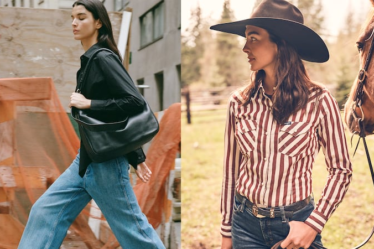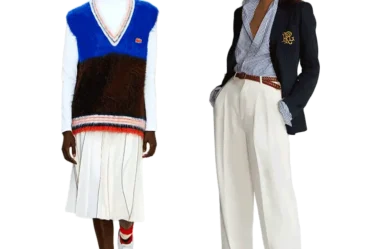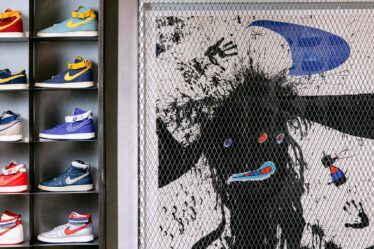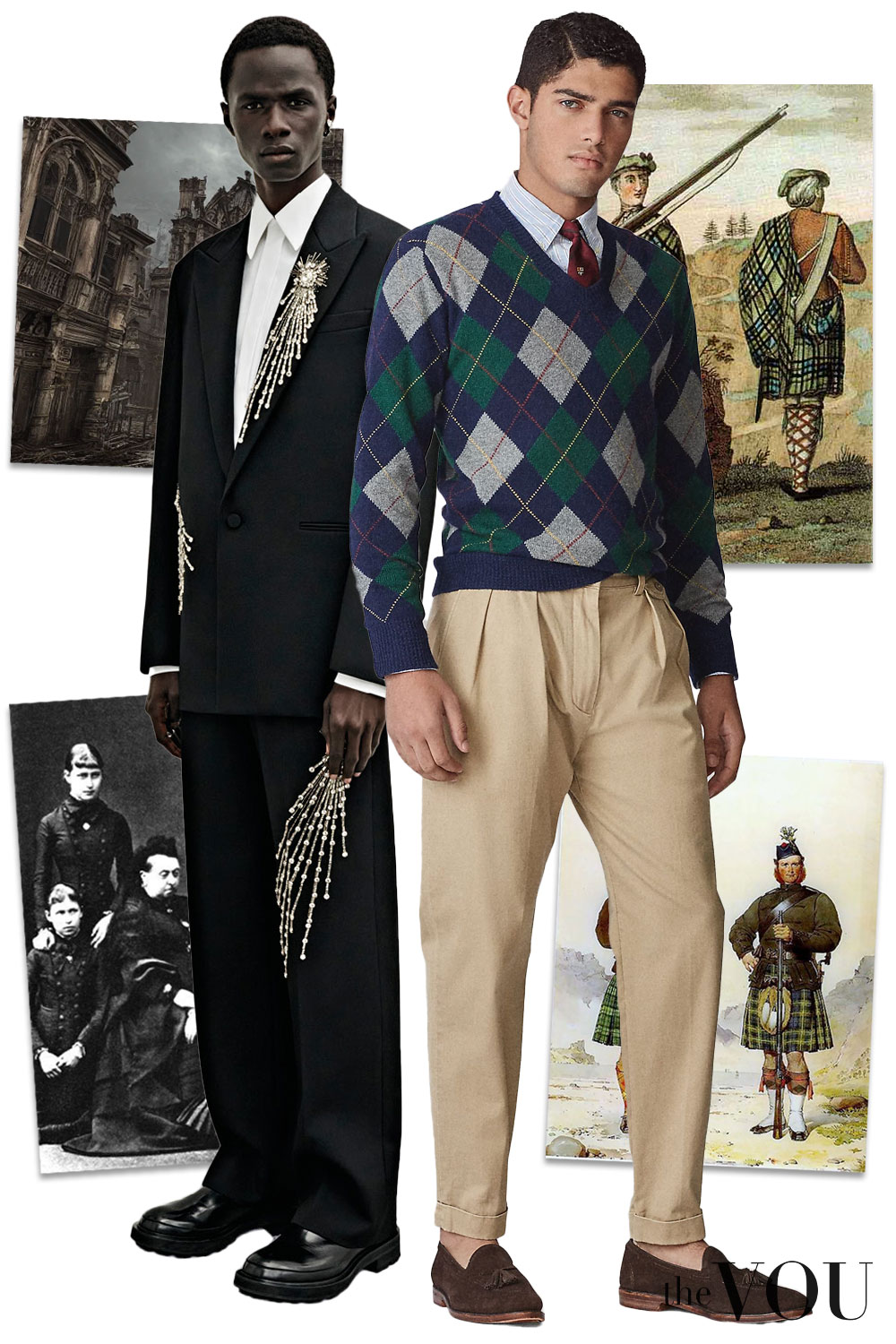
What is a Fashion Style?
A fashion style is a combination of clothes, footwear, and accessories depicting patterns, motifs, colors, shapes, and fabrics belonging to specific cultures, subcultures, or social movements, adapted to or mixed with the latest fashion trends.
Despite being used interchangeably in fashion parlance, fashion styles are not fashion trends or aesthetics but unique ways of dressing.
Garments, footwear, and accessories with similar aesthetic roots – shapes, silhouettes, patterns, motifs, symbols, colors, and materials – can be grouped into stylistically similar outfits and described as fashion styles.
Fashion styles are adopted and reshaped by groups, communities, and subcultures as visual ways of showcasing their values, beliefs, group belonging, social status, and lifestyle.
For an outfit to be cataloged as belonging to or representing a particular fashion style, the composing clothes, footwear, and accessories must share aesthetics and motifs representative of the subculture it attempts to portray.
That being said, someone’s look or way of dressing could blend different fashion styles, not belonging to any particular subculture, colloquially called their “personal style.”
The Origin of Style
Originating from the Latin ‘stilus,’ an instrument for writing or a form of expression, the term ‘style’ was used to describe – according to Hegel’s Philosophy of History – architecture, art performances, fashion creations, and later as visual expressions of a subculture.
A style is a distinctive way of performing an act or designing an object recognizable through its descriptive and normative usages, aesthetic patterns, motifs, materials, and colors, and present in various applications such as the rock style of music, the French style of cooking, the Gothic style of dresses, or the Victorian style of architecture.
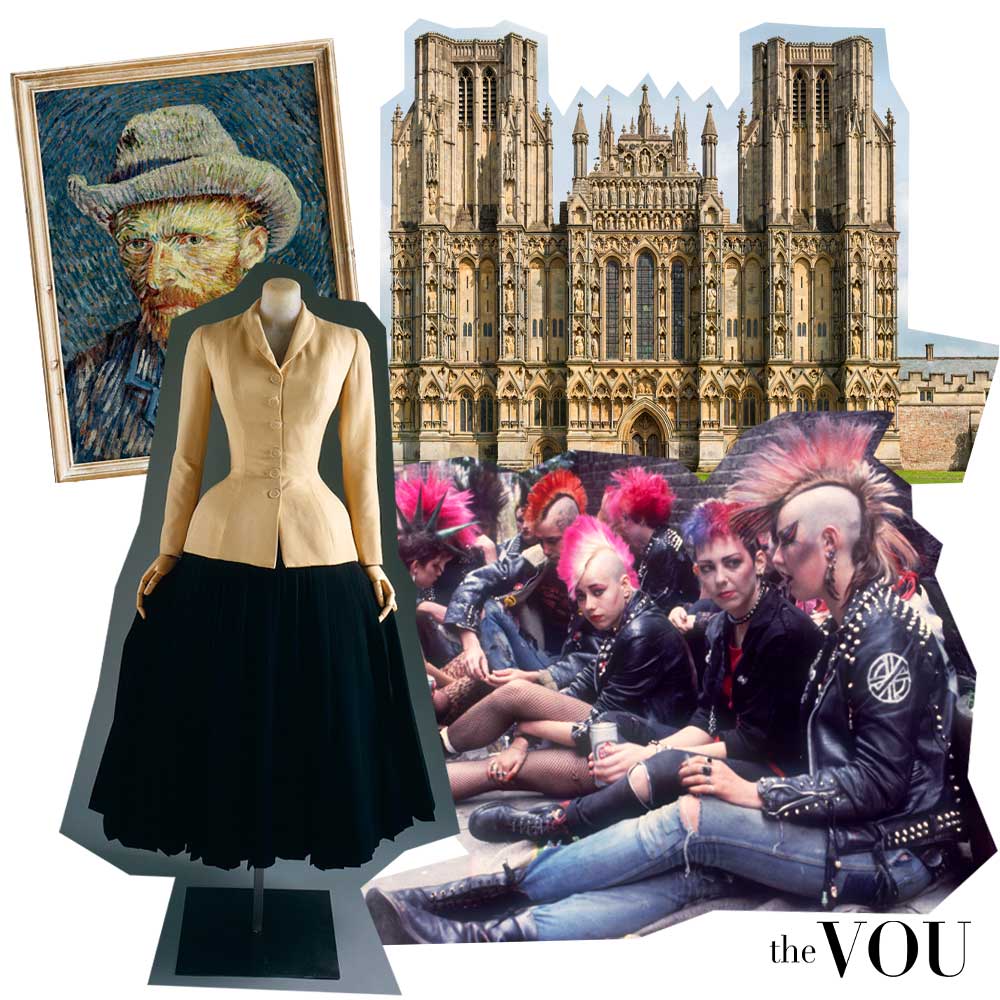
The concept of style was first used in architecture to describe design ways, such as the Ciceronian, Baroque, or Romanesque styles, eventually expanding to describing forms of art and fashion.
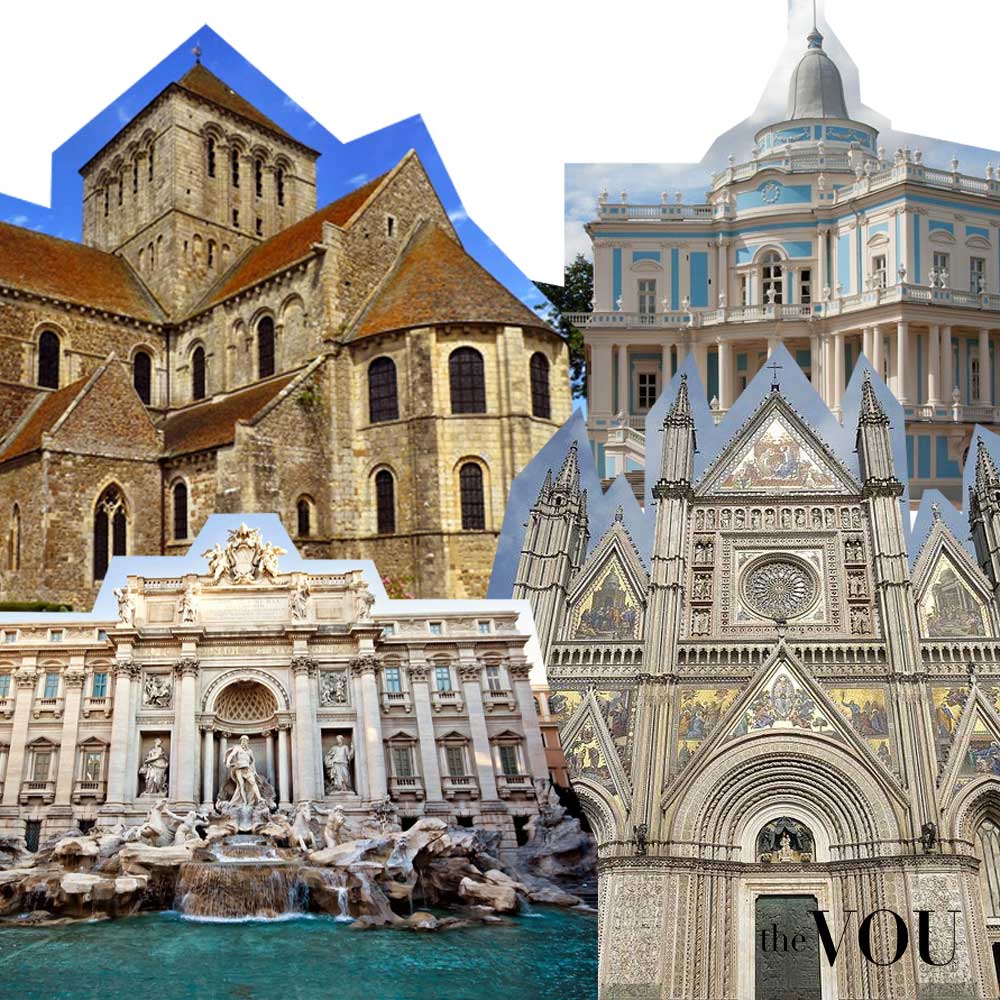
As such, one’s choice for a specific fashion style expresses an intention of depicting a particular character or social role at a given occasion.
According to the book Gothic: Literary Sources and Interpretations Through Eight Centuries, the ‘Gothic’ style originated from the idea that the destroyers of the Roman Empire looked and behaved in barbaric ways.
According to Otto Kurz, the ‘Baroque’ style, meaning ‘bizarre’ or ‘absurd,’ resulted in a conflation of miscellaneous expressions.
‘Rococo’ was coined as a term of derision in 1797 by Jacques-Louis David’s pupils for the meretricious taste of the age of Pompadour.
‘Romanesque’ emerged around 1819 as a term denoting “the corruption of the Roman style and mannerism showcased by its impact on the ‘purity’ of the Renaissance.
The first usage of style as an expression of a collective spirit and subcultures’ visuals can be traced back to early 1800 romantic philosophy, notably Georg Wilhelm Friedrich Hegel’s ‘Philosophy of History lectures at the University of Berlin:
“A nation’s art, no less than its philosophy, religion, law, mores, science, and technology, will always reflect the stage in the evolution of the spirit, and each of these facets will thus point to the one common center, the essence of the age.”‘
The Origin of Fashion Styles
Fashion styles emerge as groups of people and communities wear garments, footwear, and accessories depicting aesthetic patterns, motifs, materials, colors, cuts, sewing, and drawings belonging to, or depicting past subcultures.
For example, whether the Gothic clothing style uses patterns from medieval feudalist architecture is not questioned, but if historians can find and record these connective unitary aesthetics.
What distinguishes all styles from casual connections is the always present a priori character and, as Adolf Loos, an Austrian pioneer of modern architecture, puts it:
‘”If nothing were left of an extinct race but a single button, I would be able to infer, from the shape of that button, how these people dressed, built their houses, religion, art, and mentality.”
In fashion design, the most common way of depicting a style is through the artistic mix of clothing and accessories depicting patterns, motifs, shapes, cuts, and colors belonging to a subculture or more into outfits.
French philosopher and semiotician Roland Barthes states:
“fashion style is a form of aesthetic language and a mode of communicating statements using the grammar of fashion.”
Fashion Style vs. Personal Style
It is important to observe that fashion styles differ from personal styles.
The fashion world has recorded and recognized around 50 fashion styles, cataloged by the decade of appearance, aesthetic roots, subcultural origins, and composing clothes, accessories, and footwear.
While each fashion style has a different origin and aesthetic roots, they’re all influenced by cultural and societal changes and new fashion trends.
Subcultures create fashion styles by adopting, using, and blending clothes, footwear, and accessories with aesthetics, patterns, and motifs from previous subcultures into new forms of visual identity.
These fashion styles are well-established and resurface yearly, either as perfect interpretations of the past, re-imagined in modern variants, or as part of fashion trends and fads.
On the other hand, your personal style is how you combine and like to wear your clothes, whether unbuttoned shirts or shoes without laces.
Nevertheless, the clothes and accessories that form your outfit will always comprise aesthetic elements (patterns, motifs, colors, materials) representative of a subculture and, thus, their fashion style.
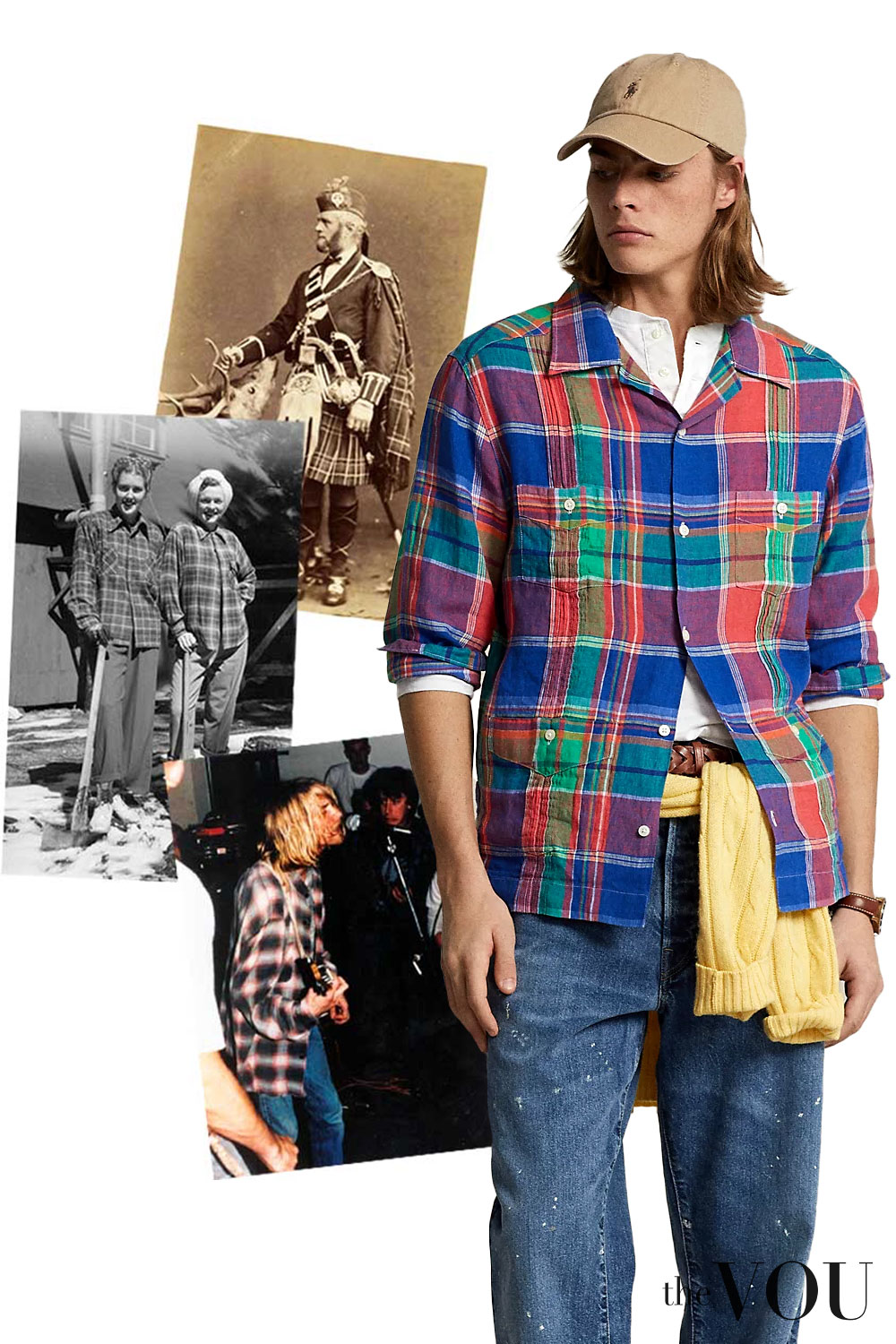
Historical Overview of Fashion Styles
From ancient Rome to the medieval Caliphate and the Industrial Revolution, most ways of dressing emerged out of necessity.
However, intentionally dressing in specific styles started in the Victorian era.
From the ‘Roaring Twenties,’ new fashion styles emerged in waves matching economic changes or social unrest.
From the Victorian era to the 2020s, each decade is represented by the five most representative fashion styles and their aesthetic roots (patterns, motifs, symbols, materials, colors).
Victorian Era (1837-1901)
- Victorian – a dressing style influenced by the British monarchy and comprised of bustle gowns, high collars, lace, and velvet;
- Art Nouveau – loose-fitting artisanal dresses with sinuous lines and floral motifs inspired by nature and art, floral motifs.
- Sportswear Apparel – clothing with functional cuts inspired by emerging sports activities such as tennis and golf.
- Day and Evening Looks – separate outfits for day/night with corresponding materials like cotton for day and silk for evening.
- Mourning Attire – black dresses, veils, and accessories in dark tones reflecting the social importance of mourning.
Edwardian Era (1901 – 1914)
- Edwardian – high collars, s-shaped corsets, elaborate hats, intricate lace, and embroidery with aesthetic roots in the British nobility and King Edward VII’s attire.
- Oriental – kimono-like dresses with oriental motifs from exotic materials and luxurious fabrics inspired by the growing fascination with Far East cultures.
- La Belle Epoque – flowing dresses with floral motifs and natural forms still influenced by the art nouveau movement.
- Tailored – tailored suits and jackets inspired by World War I military uniforms made from expensive fabrics.
- Art Deco Artisanal – handmade garments with artisanal embroidery in geometric shapes and decadent colors, signaling the approach of the Roaring Twenties.
1920s
- Flapper – short dresses with geometric patterns reflecting the Jazz Age, freedom, and emancipation.
- Art Deco – clothes with zigzag patterns, sunbursts, and metallic motifs reflecting urbanization and modernity.
- Coco Chanel – jersey dresses in monochromatic hues assorted with quilted bags showcasing practical elegance.
- Formalwear – pinstriped tailored suits assorted with fedoras influenced by the growing Italian and Irish gangster look.
- Hollywood Glamour – Bias-cut gowns from silk and satin assorted with fur.
1930s
- Hollywood Glamour Continued – elegant gowns in draped silk reflecting the stars of the cinema.
- Escapist – beach pajamas in exotic prints and tropical motifs as a way to minimize the Great Depression.
- Utilitarian – functional garments from sturdy fabrics reflecting the global economic hardship.
- Surrealist – clothes with abstract motifs and mind-bending prints and colors representative of Salvador Dalí.
1940s
- Wartime – utilitarian clothes in simple cuts from rationed fabrics and militaristic colors, influenced by World War II.
- Pin-Up – high-waisted trousers and pencil skirts with polka dot patterns inspired by pin-up models.
- Movie – glamorous evening wear from satin and silk reflecting the growing influence of Hollywood stars.
- The New Look by Dior – full skirts with cinched waists in floral prints reflecting the post-war optimism.
- Zoot Suit – oversized jackets and wide-legged trousers with stripe motifs showcasing the rebellious youth.
1950s
- Mid-Century Modernism – tailored outfits in abstract patterns showcasing a growing architectural influence among fashion designers.
- Rockabilly – high-waisted jeans and leather jackets pointing to the emerging rock ‘n’ roll subculture.
- Elegant – feminine skirts in pastel colors and fitted bodices – see Grace Kelly’s influence.
- Beatnik – black turtlenecks assorted with monochrome berets pointing to the emergence of a literary subculture.
- Preppy – Ivy League style chinos, navy jackets, loafers, and sweaters with tartan and argyle patterns showcasing British aesthetic roots.
1960s
- Mod Fashion – mini skirts, jackets with bold geometric patterns, and go-go boots as signs of growing feelings of rebellion against the status quo.
- Hippie – tie-dye t-shirts, flared jeans, and accessories with floral and peace motifs showcasing a growing anti-war sentiment.
- Space Age Chic – futuristic designs; metallics, vinyl; space exploration fascination.
- Carnaby Street – unisex clothes in outrageous colors and pop-art prints depicting London’s artists and creatives.
- Black Panther – all-black uniforms with berets and leather jackets as forms of political statement.
1970s
- Disco Glamour – sequin dresses, platform shoes, and tops in shimmering fabrics reflecting the growing disco subculture.
- Punk Rock – ripped tees, jeans, leather jackets with anarchistic symbols, chains, and safety pins showcasing the subculture’s rebellious nature.
- Bohemian – maxi dresses in earth tones and shirts with ethnic prints depicting the movement’s ‘free of societal boundaries’ ethos.
- Goth – black clothing with spiderweb and skull motifs and silver accessories inspired by Gothic rock musicians of those times.
- Leisure – Leisure suits from polyester and shirts with wide collars for women and men, challenging the times’ gender norms.
1980s
- Power Dressing – suits with oversized shoulder pads and shirts in herringbone patterns, showcasing women’s movement up the career ladder.
- New Romanticism – ruffled shirts, velvet pants, and jackets with gothic motifs showcasing the nightclub culture.
- Streetwear – tracksuits and baseball caps with graffiti prints pointing to the emergence of the hip-hop subculture.
- Safari – khaki jackets and cargo pants with multiple pockets in African patterns.
- Neo Preppy – colorful short chinos, polo shirts in pastel colors, sleeveless sweaters in argyle patterns.
1990s
- MTV Generation – colorful vinyl jackets and pants, tees with slogan prints, rubber accessories, and lots of music video influence.
- Grunge – flannel shirts, ripped jeans, tops in plaid patterns, and Converse shoes.
- Hip-Hop – baggy jeans, baseball caps, loud logo t-shirts, and heavy golden chains reflecting the urban subculture.
- Heroin Chic – outfits designed to create skinny silhouettes in dark or monochrome shades, depicting the emergence of edgy, alternative fashion.
- Y2K – mini dresses, tess with kaleidoscopic prints and binary code patterns, jackets in metallic fabrics, and platform shoes depicting the millennial tech optimism – see the influence of Spice Girls.
- 2000s
- Boho-Chic – layered dresses and skirts in paisley patterns, traditional Indian aesthetics, and ethnic jewelry – see Sienna Miller’s influence.
- Emo – skinny jeans with studded belts and dark tops showcasing an emotive alternative to the punk subculture.
- Designer Mania – outfits with oversized designer logos and flashy accessories at the top of conspicuous consumption.
- Hipster – vintage tees with retro prints, shirts with ethnic patterns, oversized relaxed pants, and thick glasses depicting the subculture’s ironic vibe.
- Athleisure – yoga pants, tees with sporty motifs, and comfortable sneakers depicting a growing fitness culture.
2010s
- Normcore – normative dressing with unbranded clothes as an anti-fashion statement.
- VSCO – named after the photo editing app VSCO, combines preppy style patterns and motifs with beach-inspired aesthetics.
- Dark Academia – combines clothes with preppy aesthetics but is somehow distressed in reminiscence to Bohoemian’s values but in darker colors as influenced by the Goth aesthetic.
- E-kids – combines aesthetics from Lolita, Emo, and Mall Goth fashion styles with patterns and motifs from Anime, Cosplay, K-pop, and Kawaii fashion styles.
2020s
- Cottagecore – flowy dresses from natural materials with pastoral aesthetics, floral motifs, and lace, romanticizing rural living.
- Techwear – functional garments from smart materials and with cyber patterns in reminiscence of Y2K and Cyber styles showcasing technology integration.
- Health-Conscious – Protective outfits and masks reflecting global health concerns.
- Fairy Grunge – mixes patterns and aesthetic elements from Fairycore, a fantasy world of fairies and elves, and the “dirty vibe” of Grunge fashion style. The style’s patterns and motifs are distressed, depicting dark rocks, forests, deep greens, autumn colors, and mythical creatures inhabiting these imaginary lands.
- Virtual Fashion – digital clothing made to be worn in augmented, virtual, and mixed-reality environments – at least for now.
References
Weekly Newsletter
Secrets for a Wealthy, Successful, and Confident Look

